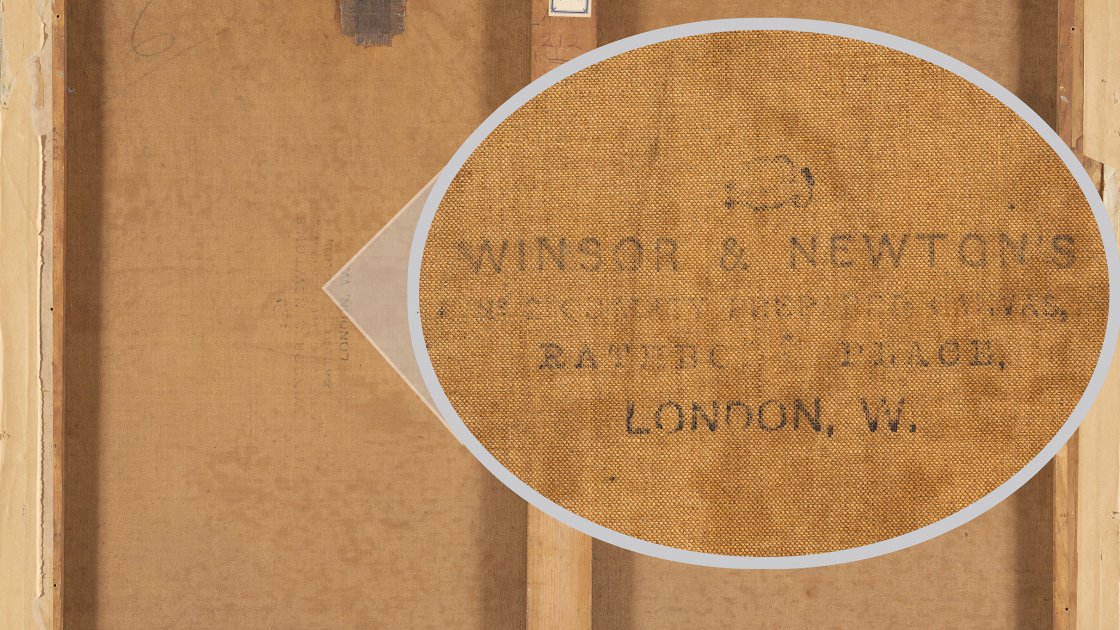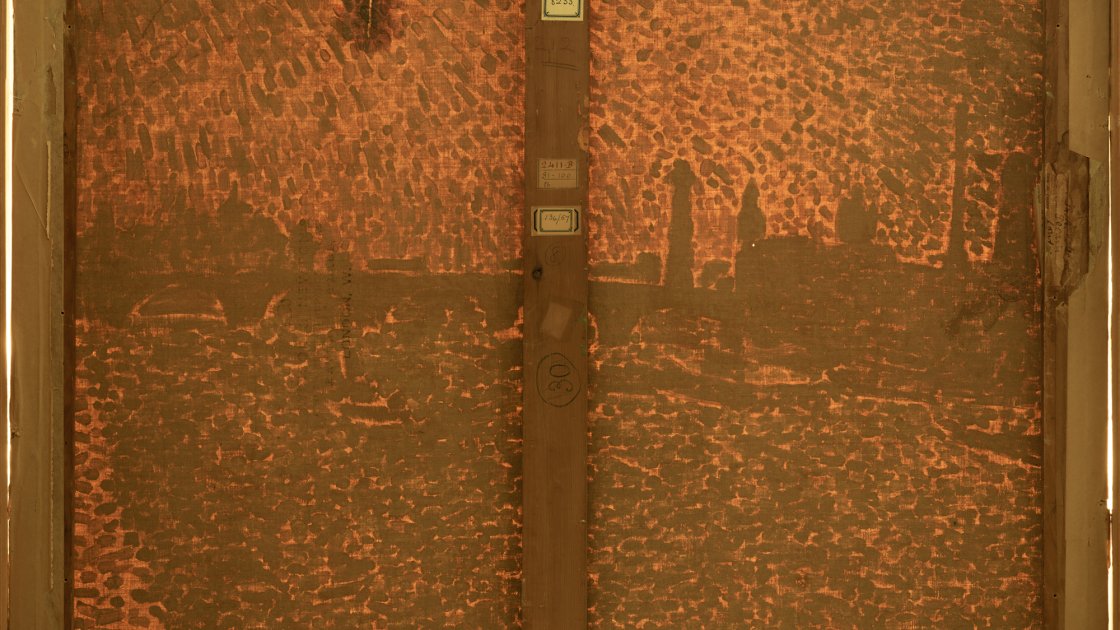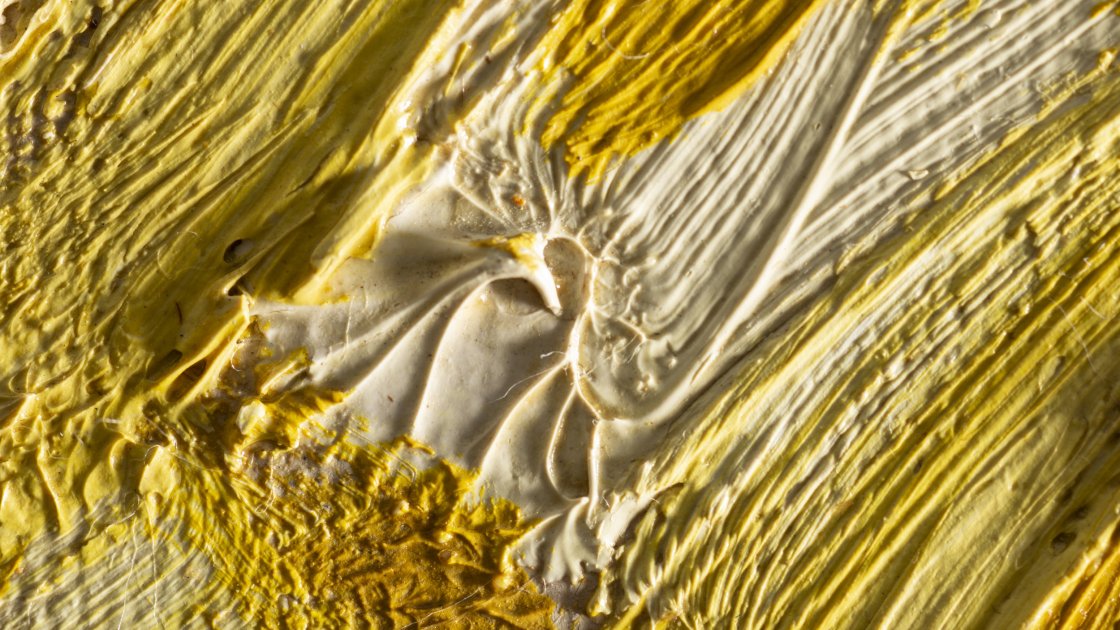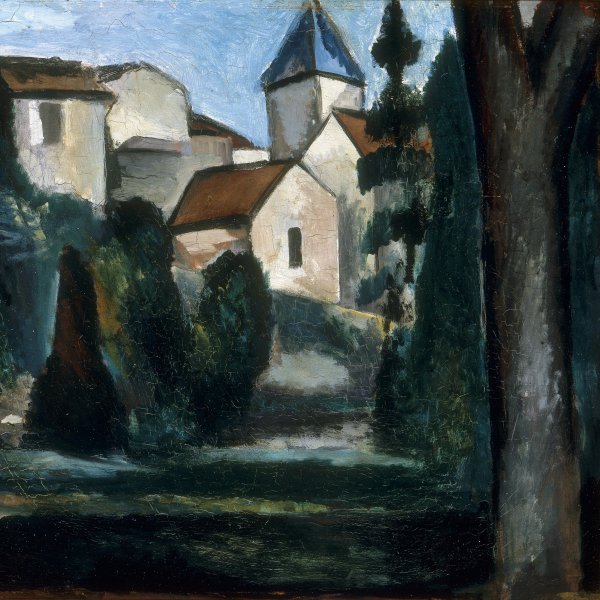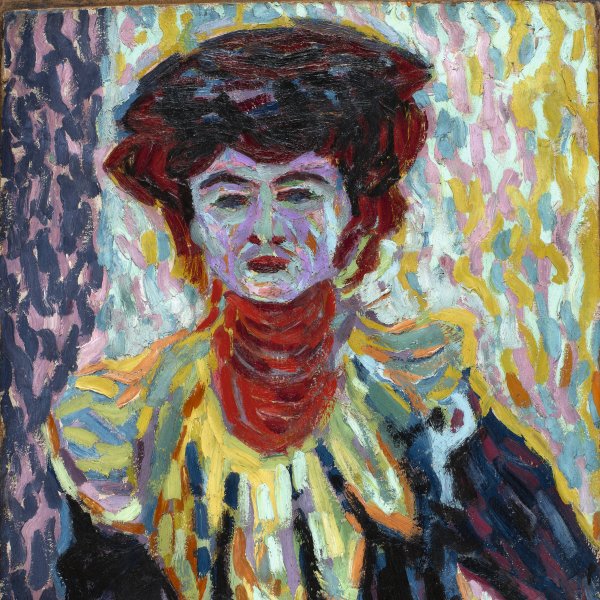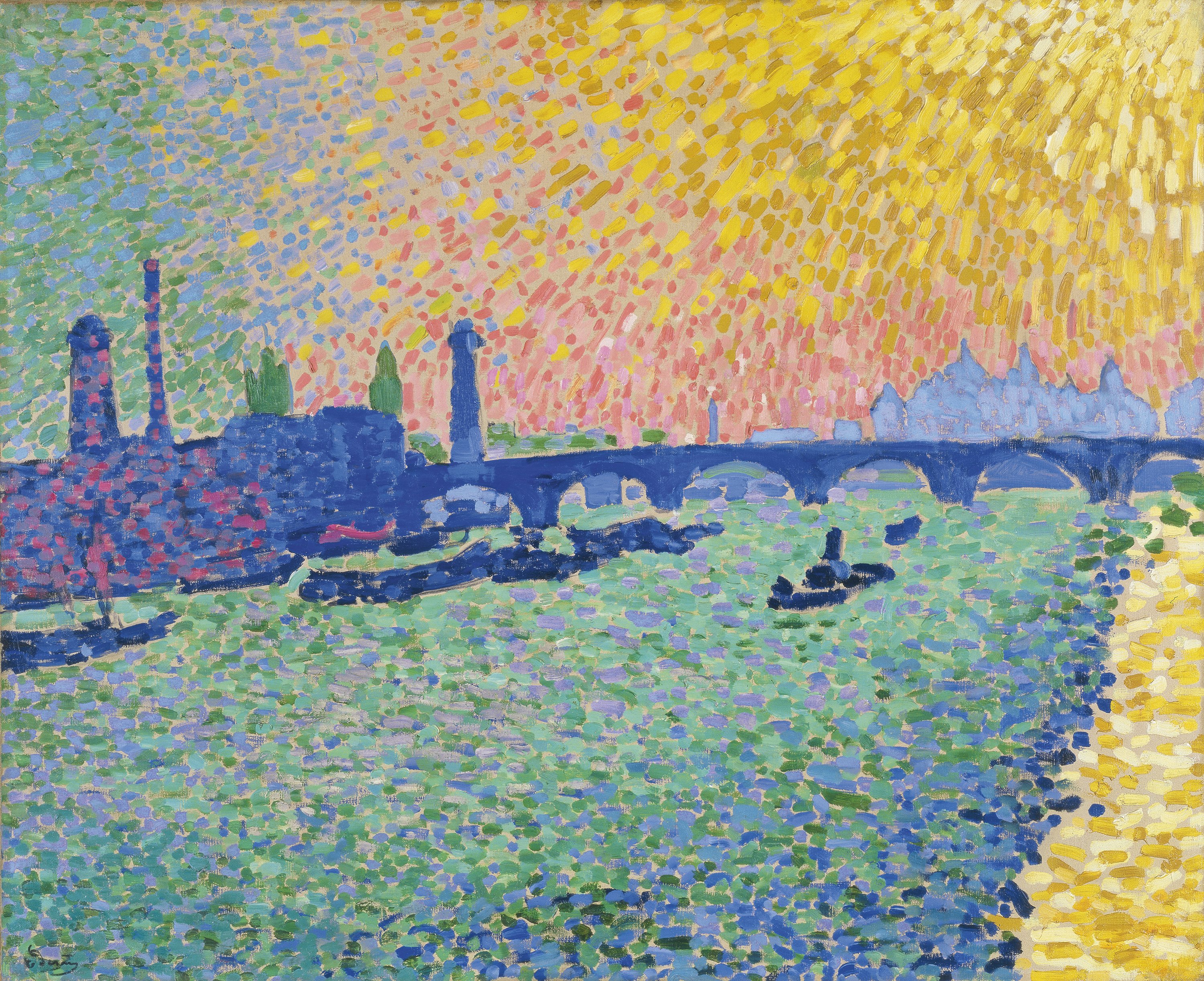Waterloo Bridge
At the beginning of the twentieth century, the Fauves were the first to develop an innovative artistic movement as befitted the new era. Taking as a basis the legacy of the previous generation — the Impressionists and the Post-Impressionists — these provocative, modern-minded young “savages” shaped a new style of painting that paved the way for twentieth-century art. Although the themes they explored were similar to those of Impressionism, the Fauvist style placed new emphasis on colour, which went from being a means of capturing light and atmosphere to a manner of expressing emotions.
Waterloo Bridge, a masterpiece from André Derain’s Fauvist period, belongs to a group of works inspired by the artist’s travels to London, commissioned by Ambroise Vollard. The Parisian dealer, who had a keen interest in Derain’s work and had purchased his entire output in November 1905, sent the artist to London on three occasions between March 1906 and February 1907 to repeat Claude Monet’s earlier experience in his series on the river Thames, which was presented in Paris in 1904. Derain, enthralled by London’s atmosphere, painted thirty or so spectacular views of the banks of the Thames, producing a Fauvist rendering of the same subject matter, though far removed from Monet in both style and spirit. His manner of translating these views of London into an expressive explosion of colour is closer to Turner’s Venetian scenes than to Monet’s London paintings. On the advice of his friend Matisse, Derain had gone to see Turner’s pictures in the London museums, particularly his unfinished paintings such as The Thames above Waterloo Bridge and Norham Castle, which were shown for the first time at the Tate Gallery shortly before he arrived in the city.
The painting in the Museo Thyssen-Bornemisza is a view of the old Waterloo Bridge from Victoria Embankment, featuring very blurred Whitehall Court in the background on the right and the towering chimneys of the industrial buildings of Baltic Wharf on the south bank of the river on the left side of the painting. Behind them, the legendary Houses of Parliament are not accorded the same prominence as in other paintings in the series. Here the main motif is the bridge, painted bright blue, which serves as the horizon line of the composition.
In the present work Derain uses the pointillist technique he had employed since staying with Matisse in summer 1905 at Collioure, where he had begun to attach greater importance to expressing emotions. Influenced by Signac’s painting, Derain applies pure colours straight from the tube to a canvas with a white ground, dabbing it with thick, square dots that give the picture surface the appearance of a mosaic. The deep blues and luminous yellows of the paintings executed the previous summer at Collioure are replaced by colder shades more in keeping with the London atmosphere. Here, as in the rest of the works Derain painted for this series, greens, blues and purples are predominant. The explosion of yellows, pinks and golds from the sun that is concealed from the viewer’s sight is reflected in the cold waters, where a golden gleam interrupts the continuous mosaic of greens and blues. Derain’s handling of the sky and colour fully embodies the Fauvist idea of the expressive violence of pure colours, which the artist regards as “cartridges of dynamite whose purpose is to discharge light.”
Paloma Alarcó
Emotions through art
This artwork is part of a study we conducted to analyze people's emotional responses when observing 125 pieces from the museum.

